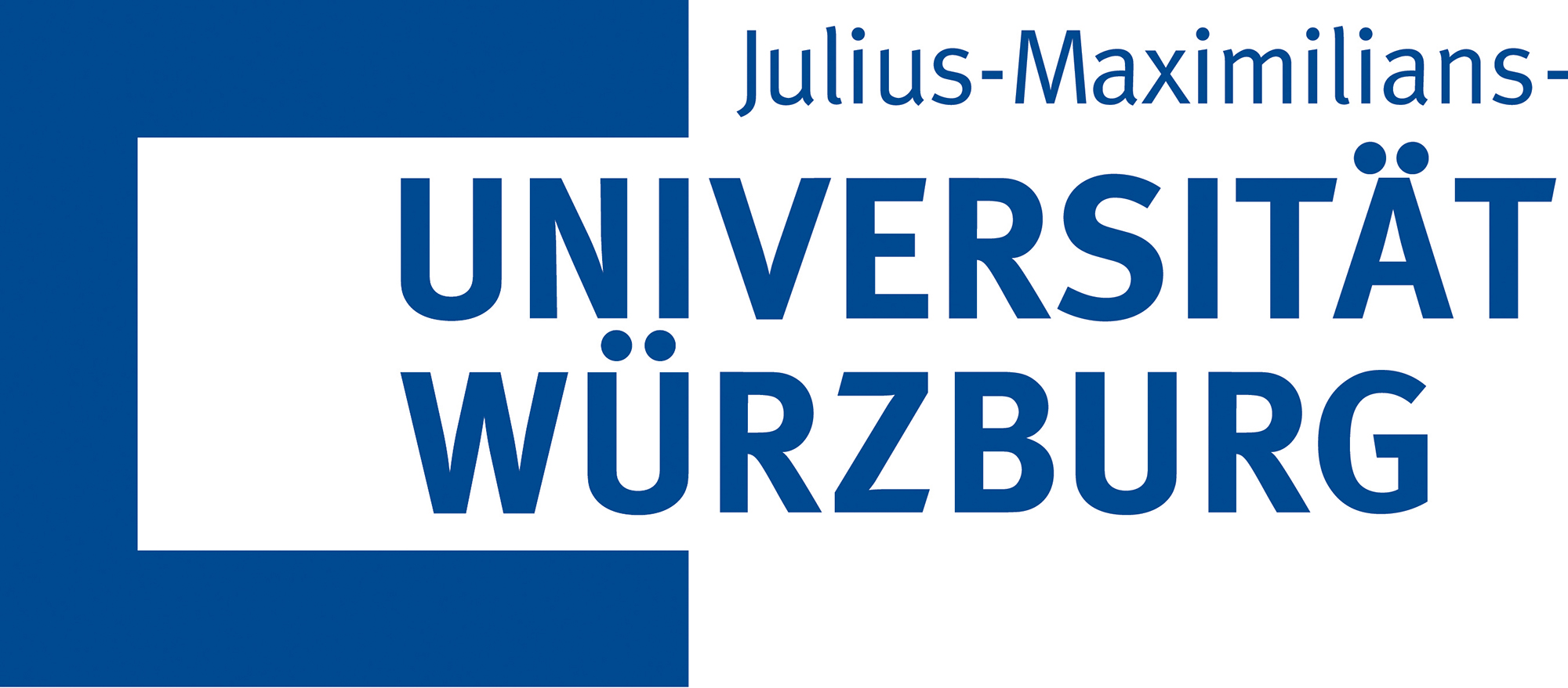Topological materials are intensively investigated in the world. This boom started at Julius-Maximilians-Universität (JMU) Würzburg, where the physics professor Laurens Molenkamp realized the first topological insulator in 2007. These novel materials have unusual properties and promise innovative applications in information technology and quantum computing.
In order to conduct fundamental research in these materials, physicists from Würzburg successfully applied to the German Research Foundation (DFG) in 2015 for the Collaborative Research Centre (CRC) "Topological and Correlated Electronics at Surfaces and Interfaces (ToCoTronics)". In 2019, this CRC was extended by four years. Now, after another very positive review, the DFG has approved a third funding period with a total funding of 12 million euros.
Indene and bismuthene: novel topological material
A nice success for the team and its spokespersons, physics professors Björn Trauzettel and Ralph Claessen. The CRC has made outstanding discoveries in recent years. "For example, with indene and bismuthene we have discovered two completely new topological materials with particular physics properties," says Ralph Claessen.
The research results obtained within the CRC have been published in more than 400 papers in renowned journals so far. A good 100 of these publications have appeared in particularly prestigious journals such as Science, Nature, Nature Physics, Nature Materials, Nature Nanotechnology and Physical Review Letters.
The new research program until 2027
The new funding from the DFG will be used to finance more than 35 staff positions in the CRC over the next four years. In the third funding period, the researchers of the CRC aim to shape topological materials into nanostructures using lithographic methods. "Such spatial constraints typically reveal new physics," explains Björn Trauzettel.
"A new addition to the research program is the so-called kagome metals, which thematically fit well into the CRC," adds Ralph Claessen. The atomic lattice of these metals looks like a Japanese basket pattern. This special structure is the reason for extraordinary quantum properties. Among other things, kagome metals exhibit an unconventional type of superconductivity, i.e. the loss-free conduction of electric current.
SFB as an important element for further excellence
According to the JMU physicists, the continuation of the CRC is of particular importance for the Cluster of Excellence ct.qmat, in which the University of Würzburg and the Technical University Dresden jointly analyze topological physics in various systems. Together with a related CRC in Dresden, the three research institutions generate considerable synergies in solid-state physicsh at both locations.
Contact for scientific information:
Prof. Dr. Björn Trauzettel, Institute for Theoretical Physics and Astrophysics at JMU, T +49 931 31-83638, trauzettel@physik.uni-wuerzburg.de
Prof. Dr. Ralph Claessen, Institute of Physics at JMU, T +49 931 31-85732, claessen@physik.uni-wuerzburg.de




